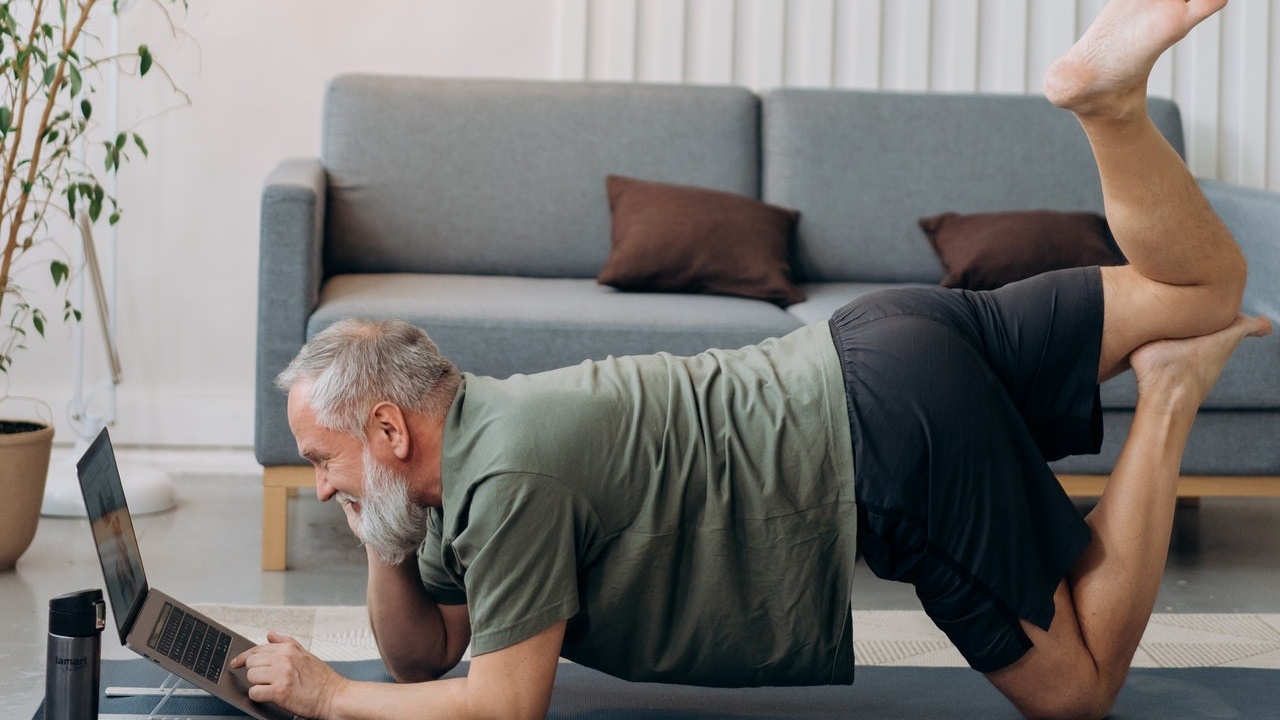
Yes, Men Can Do Pilates too. Here are Six Powerful Reasons Why
May 03, 2022You have heard core strength may help your achy back. You have started hitting the gym and while your chest and biceps are looking impressive, your inability to put your jacket on or bend down without dread or a not-so-sexy sound effect are getting in your way of enjoying your favorite activities and life.
You have heard of Pilates. Isn’t Pilates a workout that only dancers or women do? Am I too manly to do this type of exercise?
Nope! And I am about to tell you why you should consider including Pilates in your self-care repertoire.
Most of my male clients have been referred by their doctor or spouse. The ones who have made it to the studio on their own are athletes fine-tuning their skills.
The great news is – men quickly discover the opportunities the method offers. The first couple of sessions may be a bit frustrating because of the necessity to slow down and connect to your body; the equipment feels awkward. It’s not the same workout as thoughtlessly going through the motion.
Pilates is an intentional, full-body routine encompassing mind and body work, and, if you stick with it, it will change your life. And you will be in the echelons of pro athletes like Lebron James, Tiger Woods, David Beckham and many more who have discovered and embraced Pilates as part of their regular workout routine.
The results: you can run, play golf – whatever your thing is - be a better partner, a more fun parent and enjoy a higher quality of life because your body is mobile, agile, and your mind is quiet.
Now, without further due, let’s explore several reasons why men should do Pilates and the benefits you rip from a regular practice.
Benefit #1: Pilates Builds a Strong Core

It is a thing to ‘work your core’. Truth be said, most people do not know how to access their deep core muscles and work them. Pilates uniquely targets the core musculature as the body is trained to originate each and every movement from the core and the core remains engaged throughout the movement.
While your abs shape up with Pilates, what I personally think is more important are the functional implications of a strong core.
A strong core improves your posture. Your slouch is replaced by a confidence stance.
What’s the one thing elderly are most afraid of? A fall! Your balance and stability become of paramount importance as you age. A strong core is foundational for both your balance and stability.
Let’s try:
- Are you able to stand tall without slouching?
- Are you able to bring a knee to your chest without shifting your hips side to side or rocking your upper body back and forth and, of course, without pain?
Another huge win - the core protects the spine. The spine, in turn, protects the nervous system which is the body’s command center in charge of all communication and action happening within your body.
Benefit #2: Pilates Reduces Aches and Pains
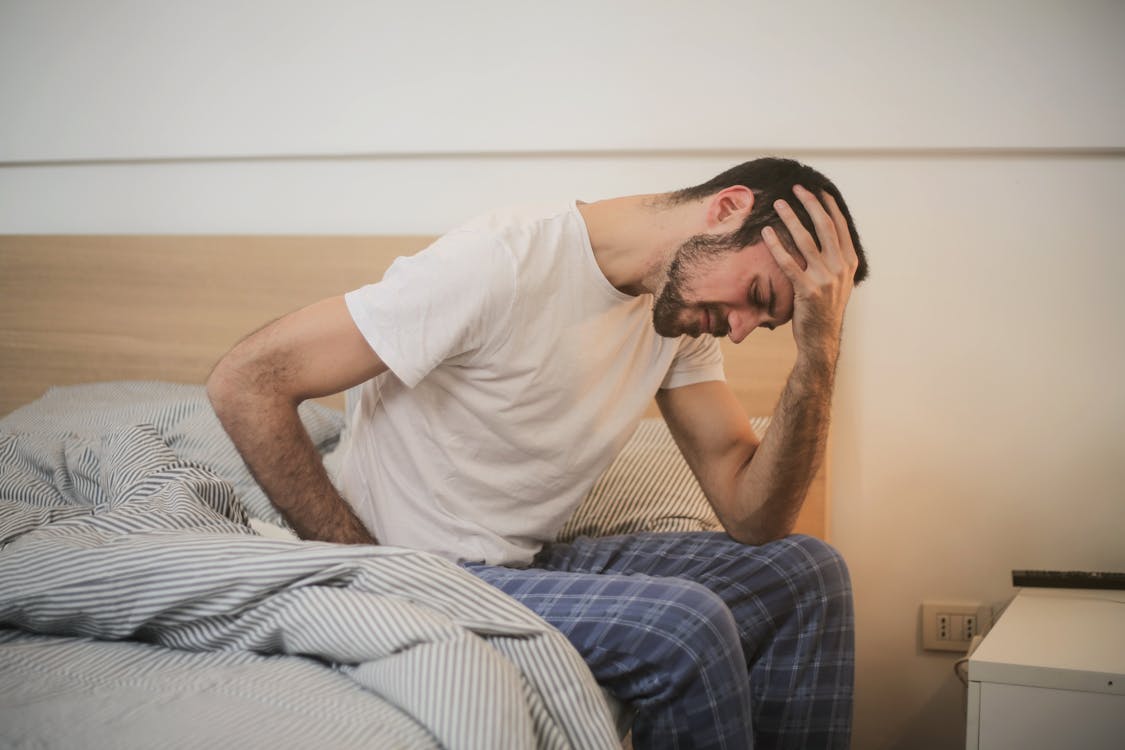
If you have any kind of spinal issues such as decreased vertebral space (e.g. herniation) or pressure on a nerve (e.g. sciatica pain), Pilates is a fantastic modality to help you out. As the core strengthens and lifts you upward, there is more space created between the vertebras alleviating discomfort and pain.
Most Pilates exercises are performed while lying on your back. Hence, the exercises are light on the joints, and a great start for anyone going through rehabilitation.
A strong core is also why Pilates is wonderful for achy knees or hips. When there is weakness and you are hanging into your joints, they wear out faster. When your core is strong, it absorbs the weight and takes pressure off the joints.
Benefit #3: Pilates Supports Active Aging
A strong core is why you enjoy the pleasures of an active lifestyle rather than pop Ibuprofen or use Biofreeze after you have gone for a run. Your big win is the freedom you find in your body.
Benefit #4: Pilates Builds Healthy Muscles and a Balanced, Mobile Body
A healthy muscle is a muscle exhibiting strength, flexibility, endurance and control. Generally, men tend to focus on strength and endurance during workout routines.
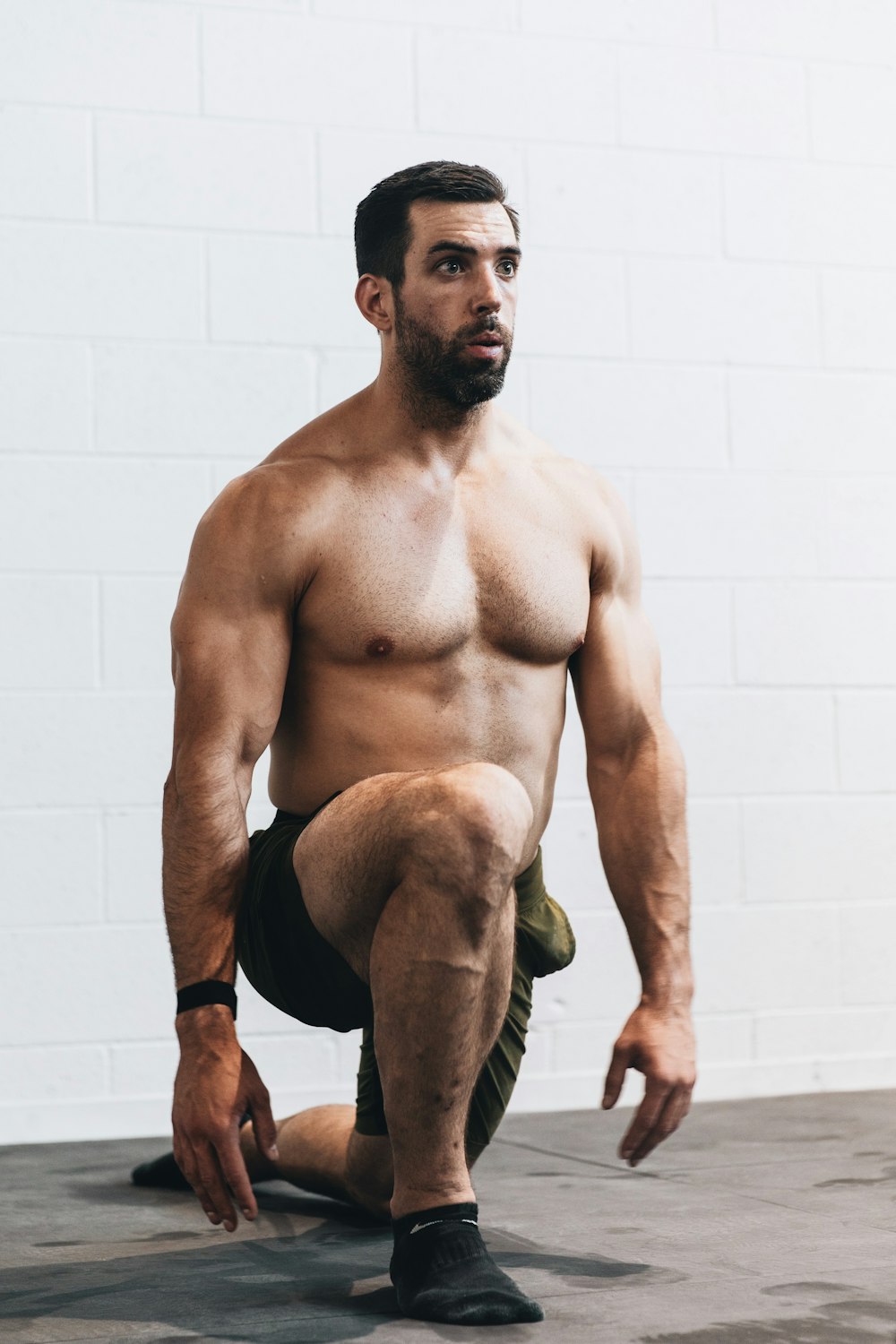
Flexibility and mobility are best friends. They both support proper body function. Mobility is the ability of a joint to move freely through its full range of motion. As your body ages, it is important to maintain mobility of all the joints; this in turn supports optimal mobility which supports active aging. Tight muscles restrict joint mobility. A bulky and/or stiff muscle easily turns into a liability due to its predisposition to injury. This is why muscle bulk isn’t as practical as the years progress.
In each Pilates exercise, you lengthen and strengthen the muscles. The lengthening piece can be particularly challenging for men. To quote a great male client: nothing sexier than a man barely moving and shaking like a leaf.
When performed correctly, each Pilates move is a full-body exercise which is why Pilates develops a uniform body. One of the principles of Pilates is precision, which is key for accessing the correct muscles during movement. Pilates works on the deep stabilizing muscles rather than the frequently and easier accessed superficial muscles.
When done properly, Pilates trains the body to move in alignment and biomechanically correctly. Two words which go along – effectiveness and injury prevention. Effectiveness is when you can do 3-5 repetitions, the typical repeat for most Pilates exercises, of an exercise and feel a profound effect.
When the body moves as it is meant to and without compensations, there is less wear and tear. You develop compensations over time based on movement patterns. For those with injuries and/or pain, the patterns are magnified and will cause problems if not corrected in the long haul.
Benefit #5: Pilates Promotes Spinal Flexibility
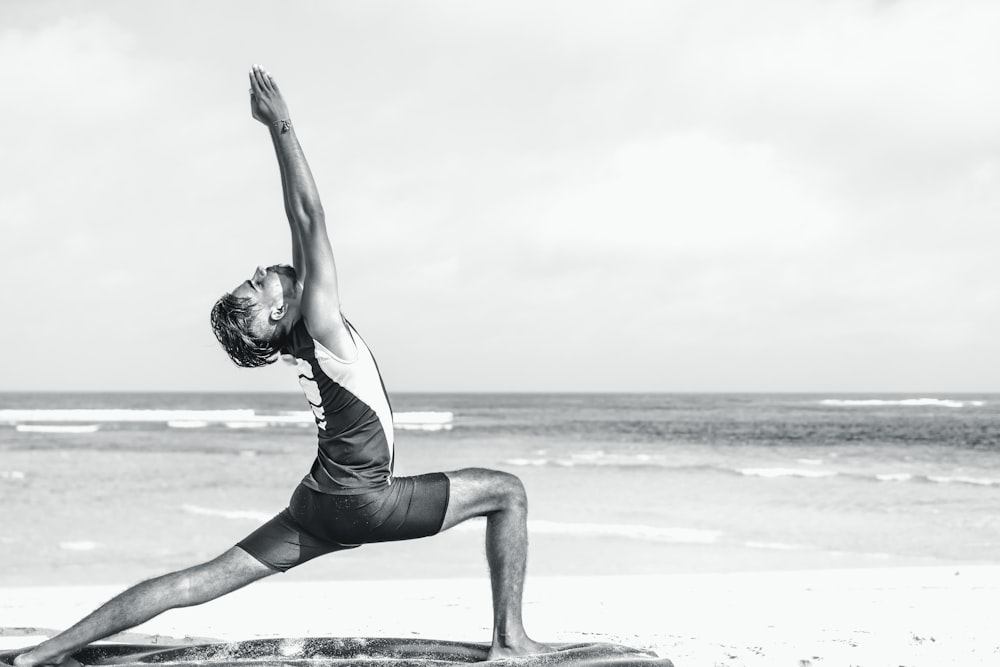
Spinal flexibility deserves a special note here. Spinal flexibility is your ability to move your spine through its full range of motion in all directions – forward, side, rotation, backward.
Let’s try:
- Do you have full range in moving your head side to side, up and down?
- Are you able to tie your shoelaces easily?
- How is your golf swing?
- How is your bridge?
There are many Pilates exercises which articulate the spine. Spinal articulation is when the spine moves sequentially vertebrae by vertebrae through its entire range. These exercises increase mobility and strength of the intervertebral muscles and tissues and aim to achieve full mobility in each segment of the spine. Articulation also rids stale energy.
To quote the master, Joseph Pilates:
“If your spine is inflexibly stiff at 30, you are old. If it is completely flexible at 60, you are young.”
Benefit #6: Pilates Creates Mind-Body Awareness
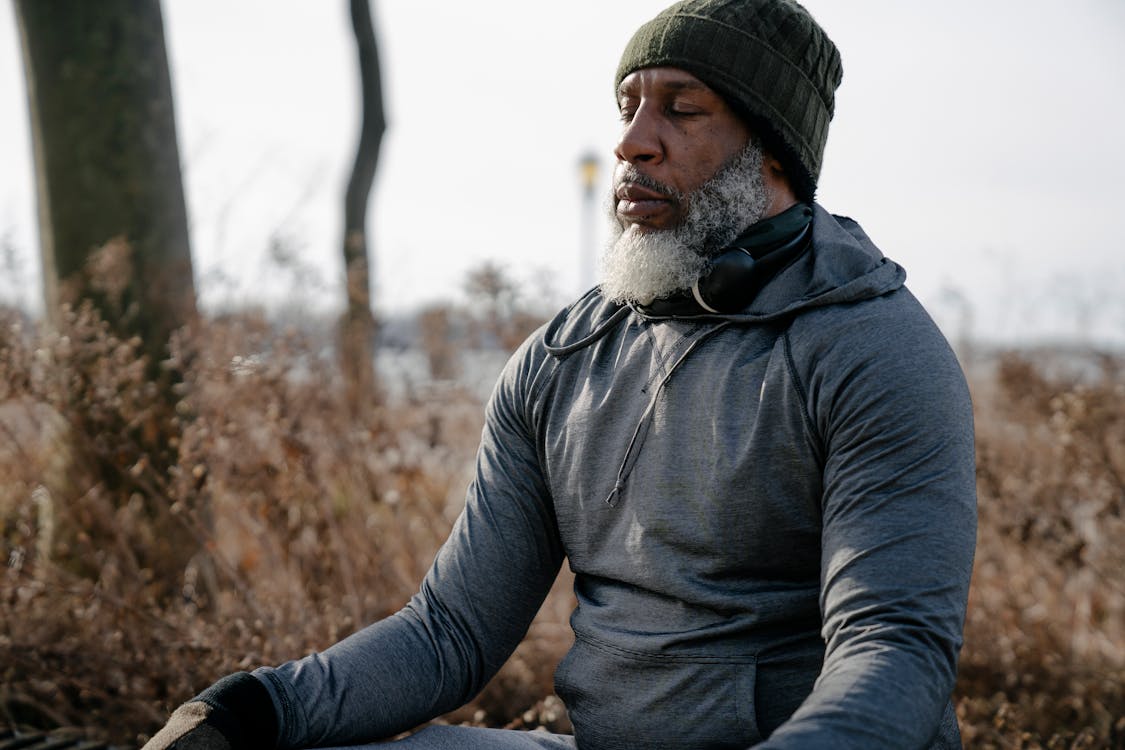
Last but not least, Pilates does wonders for mental health. The necessity to maintain alignment and precision of how you move – intentionally versus going through the motion - requires profound mind-body connection and self-awareness. The work has a deep therapeutic effect. It is wonderful for anyone under stress, for calming the nervous system and lowering cortisol levels. While the Pilates exercises are physically and mentally challenging, they are gentle and rejuvenating for body and mind. The breath work accompanying the exercises brings vitality and calm to your body.
To wrap it up – Pilates is the perfect modality for anyone and particularly middle-aged men. If you want a strong, resilient, flexible, pain-free body which moves with ease and a quiet mind, start doing Pilates!
Wasn’t this enough to convince you? Schedule your 15 minute free consultation today.
A word of caution – Pilates is in the midst of becoming commercialized. Inquire about your instructor’s certification and work with an instructor who is keen on alignment and how you move.
Stay connected with news and updates!
Join our mailing list to receive the latest news and updates from our team.
Don't worry, your information will not be shared.
We hate SPAM. We will never sell your information, for any reason.


